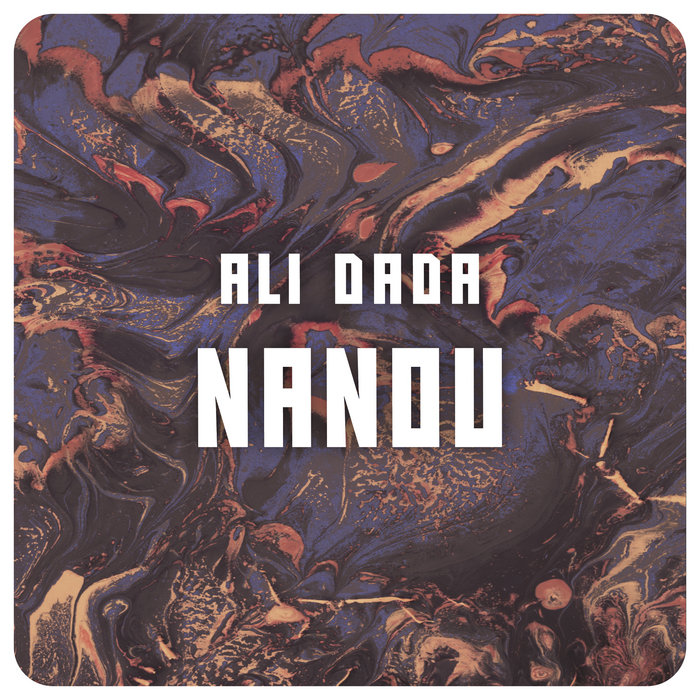
laguna – ali dada & sofia sturm
this blog is GROOVY – check out great Soul, Funk, Jazz, Hip Hop, Bass, Breaks , Reggae, House n many more TUNES
Hey there, music lovers! Let’s take a funky journey through the vibrant world of intercultural music. From hip hop with African rhythms to jazz sprinkled with Latin spices, this genre has blended cultures in ways that make your heart groove and your feet tap.
First up, what do we mean by “intercultural music”? It’s like an awesome buffet where different musical styles come together on one plate. Think of it as a glorious mashup or fusion that’s all about collaboration across borders—melding melodies and grooves from diverse cultures into something fresh and exciting!
We can track the roots of intercultural music way back to ancient times when traders and travelers shared songs just like they traded goods. Imagine merchants hummin’ tunes while crossing deserts or sailors swapping sea shanties at ports—that’s where it all began!
One significant moment was during the Renaissance period (14th-17th centuries) when European composers started borrowing ideas from Arabic, Turkish, and African traditions. Fast forward a few centuries later—you get jazz emerging in New Orleans! Jazz itself is a fabulous melting pot made up of blues (from African American culture), ragtime (from piano players), spirituals, and even influences from European classical compositions.
Then came the 1960s—oh boy! This decade saw waves of musicians experimenting with cultural sounds like never before. Bands such as The Beatles embraced Indian instruments thanks to their friendship with Ravi Shankar; George Harrison went deep into sitar master classes while riding the wave of psychedelia.
But wait—it gets groovier! A young Jimi Hendrix incorporated elements from rock ’n’ roll mixed with his own soulful twists inspired by bluesmen like B.B. King—all while electrifying stages around the world!
As we rolled into the 1980s and ’90s, globalization took off faster than you could say “world beat.” Musicians began collaborating across oceans more than ever before! Some phenomenal bands emerged during this time:
The rise of hip hop in urban settings created another explosion in intercultural exchanges starting in the late 20th century too. Rappers took beats from reggae artists while mixing up lyrical content inspired by struggles found worldwide—from Africa to Asia.
Artists like Kid Frost brought Chicano rap flavors influenced heavily by Mexican heritage right onto mainstream radio airwaves! Then there’s M.I.A., who mixes Sri Lankan sounds effortlessly into her catchy tracks that empower conversations around identity and social issues.
Today, crossover collaborations thrive more than ever because technology lets any aspiring musician connect straight away regardless if they live on opposite sides of our vast globe. Genres keep dissolving boundaries; you’ve got K-pop icons featuring rappers like Snoop Dogg (because why not?), Afrobeat moving hearts all over Europe courtesy Burna Boy… heck even country artists are snagging inspiration from Latin sounds lately too!
Let us also highlight artists actively promoting cultural awareness through their work—the likes of Norah Jones combining jazz-infused stylings alongside Indian classical influences then performing together live creates revelations for fans everywhere.
And hey—check this out:
Intercultural music teaches us something grandiose yet simple—it’s about connection fostered via creativity no matter how far apart our sound experiences may seem initially! Every strum adds new layers onto age-old rhythms allowing communities around Earth share narratives evolving collectively expressed harmoniously every step along groove-filled pathways stretching across shores intertwined within beautiful melodies crafted lovingly over generations gone past…
So next time you’re vibin’ to those smooth global beats think beyond just who’s playing but rather feel appreciation flowing between nations united under universal language backed by heartbeat inherent inside every song capturing multifaceted beauty present throughout life expressed brilliantly through soundtracks arresting spirits daily reminding everyone alike we’re all partaking globally whenever listening keeping those vibes alive forevermore!! 🎶✨

laguna – ali dada & sofia sturm